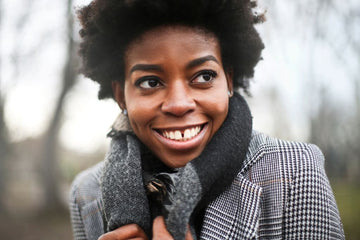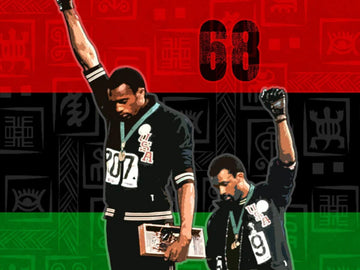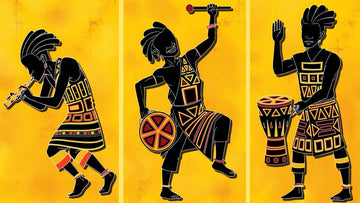
Blushing is an uncomfortable public revealing of one's most intimate thoughts, even if it is only a brief episode. The temporary sensation of warmth and/or a change in skin color linked with the occurrence of acute self-consciousness is referred to as "blushing". But why blushing on dark skin is difficult to detect? Let's find out!!
Experiments and findings on the phenomenon of blushing in dark-skinned persons
Because it is difficult to detect blushing in people with dark skin, their experience of blushing may differ significantly from people with light skin. To investigate this issue, an experiment of mental arithmetic and singing was organized by Murdoch University in 1999 to measure the cheek temperature and forehead blood flow in 16 Caucasians and 16 Indians.

Mental arithmetic and singing experience by Murdoch University in 1999 (Illustrating image).
With the data received from the experiment, it is shown that questionnaire scores did not differ between Caucasians and Indians, or between males and females. Since blushing appears to be more visible in light skin than dark skin, it was assumed that Caucasians would be more self-conscious and, as a result, blush more intensely than Indians during embarrassing tasks.
Caucasians did indeed report more self-consciousness and thought that they blushed more intensely than Indians when singing. However, there was no difference in vascular responses across the groups. The current research is the first to look into physiological signs of blushing and how they relate to skin tone.
Can Black people blush?
Blushing may not be noticeable in some dark-skinned people (Simon & Shields, 1996), its presence suggests that it serves a purpose other than conveying social discomfort signals. The blushing reaction is mediated by β-adrenoceptor activation and active sympathetic vasodilation, a process that also causes facial flushing during heat stress.
According to Simon and Shields (1996), 50 to 77 percent of Whites, Asians, and Hispanics saw a change in skin color when they blushed, but 77% of Blacks noticed facial warmth but not a change in skin color. Throughout each session, changes in face temperature and pulse amplitude varied separately.
However, because fair-skin flushing is more noticeable than dark-skin blushing (Simon & Shields, 1996), increases in face blood flow and temperature were similar in both groups.
Because blushing is one of the hallmarks of social anxiety, it was assumed that fear of unfavorable assessment would be linked to blushing proclivity rather than blushing itself. Fear of negative evaluation was thought to be more strongly linked to blushing proclivity than blushing itself. Neither gender roles nor cultural expectations had an impact on blushing forecasts or blushing itself.
In conclusion, increases in cheek temperature and forehead pulse amplitude were equivalent in people with light- and dark-skin during embarrassing tasks. However, skin tone moderated the association between these physiological responses and ratings of self-consciousness, blushing intensity, blushing propensity and fear of negative evaluation.




